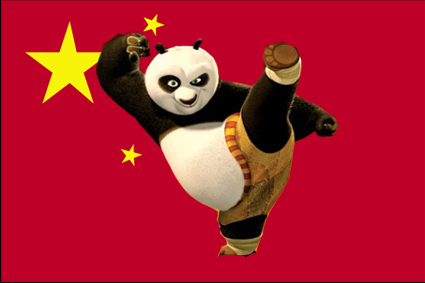The festival occurs on the fifth day of the fifth month of the Chinese calendar, giving rise to the alternative name of Double Fifth. In 2009 this falls on May 28 and in 2010 on June 16. The focus of the celebrations includes eating zongzi, which are large rice wraps, drinking realgar wine, and racing dragon boats.
Equivalent and related festivals include the Kodomo no hi in Japan, Dano in Korea, and Tết Đoan Ngọ in Vietnam.
The Duanwu Festival is believed to have originated in ancient China. A number of theories exist about its origins as a number of folk traditions and explanatory myths are connected to its observance. Today the best known of these relates to the suicide in 278 BC of Qu Yuan, poet and statesman of the Chu kingdom during the Warring States period.





















